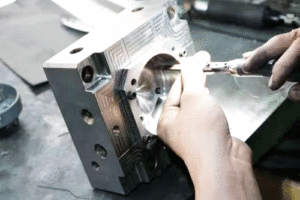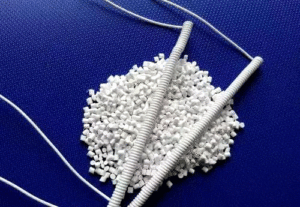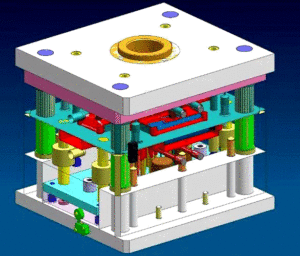
Polishing Treatment for Plastic Molds
Polishing Treatment for Plastic Molds With the widespread application of plastic products, such as daily-use items and beverage packaging containers, there is often a requirement
As the most important production tool of the injection molding factory, the injection mold determines the shape, specification, size, and appearance finish of the product. The material of the hardware mold is steel, which is generally composed of a front mold and rear mold.
Due to the specificity, precision, vulnerability and other characteristics of the mold, the safety protection of the mold is vital. They are mainly as follows:
Among them, the proportion of mold damage resulting from the fllowing situations is relatively high and frequently occur:
So more than 85% of the mold damage is caused by these reasons. The maintenance cost of molds is generally high. Therefore, the problem that how to avoid such situations is directly related to the interests of the injection molding industry.
(1) When disassembling the mold, avoid bumps and water, and move it.
(2) Spray the hot moldand then spray a small amount of release agent.
(3) Carry out acomprehensive inspection of the mold and anti-rust treatment. Carefully dry the the moisture and debris of cavity, core, ejector mechanism, row position and other parts. Besides, spray the anti-rust agent for mold and apply
(4) During the continuous working process of the mold, the following problems may easily occur in the motor process :
Thus, the maintenance for mold is indispensable.

Polishing Treatment for Plastic Molds With the widespread application of plastic products, such as daily-use items and beverage packaging containers, there is often a requirement

Injection Molding Techniques for TPE and TPR Injection Molding Techniques for TPE and TPR 1. Dry the TPE and TPR material before injection molding It

Winter Maintenance Measures for Injection Molding Machines As winter approaches and temperatures gradually drop, a cold chill envelops the earth. While ensuring personal warmth, it

Assessment Regulations for Mold Trial Exceeding 3 Times Assessment Regulations for Mold Trial 1. Purpose The purpose of this regulation is to standardize the work of